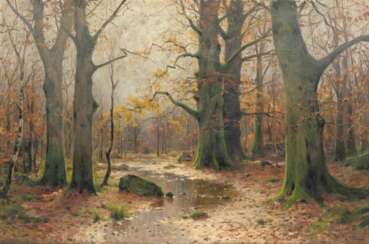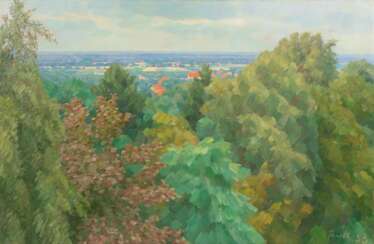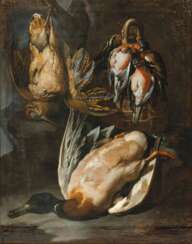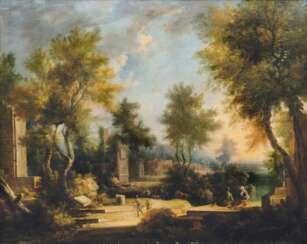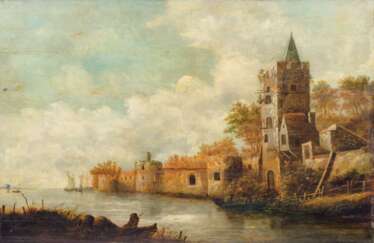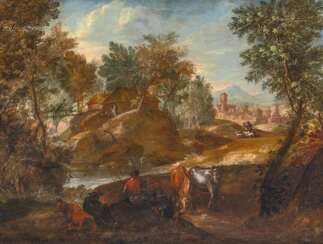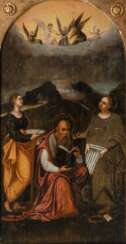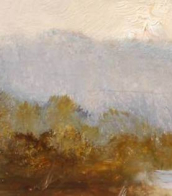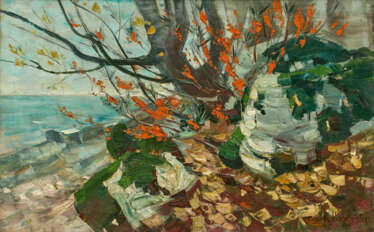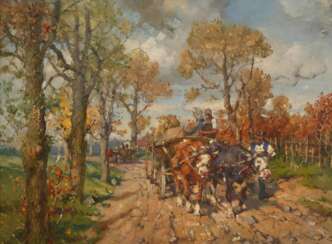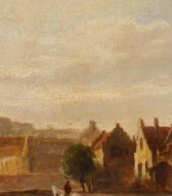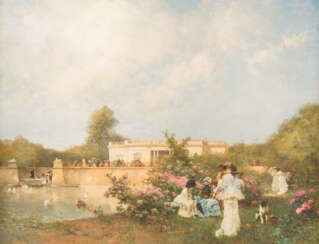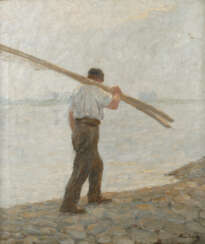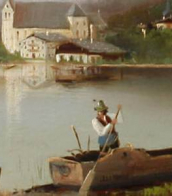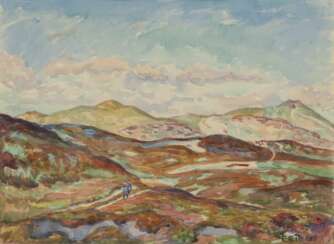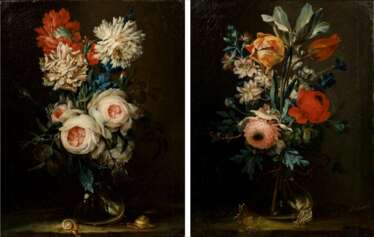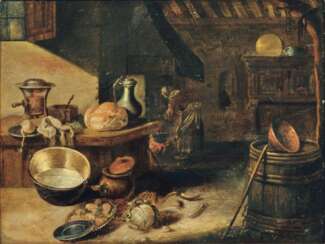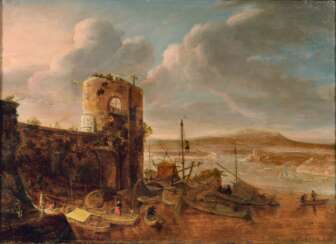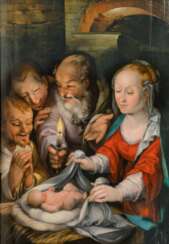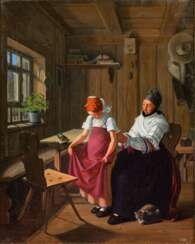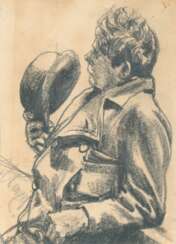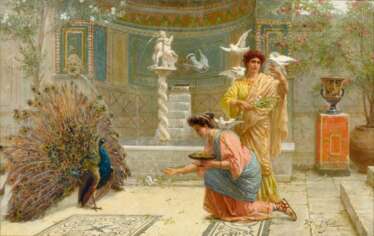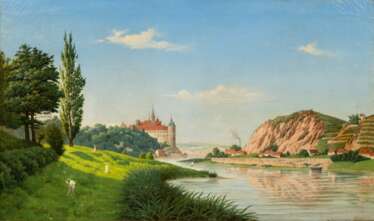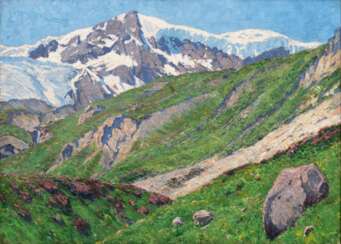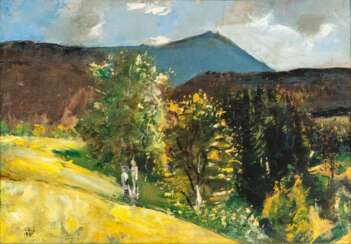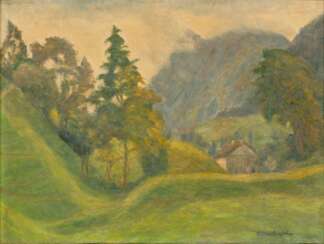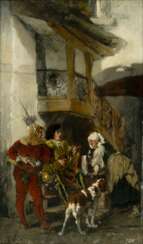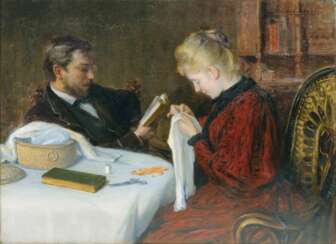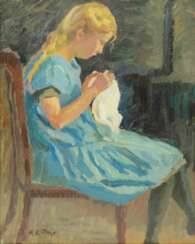alte meister bis impressionismus
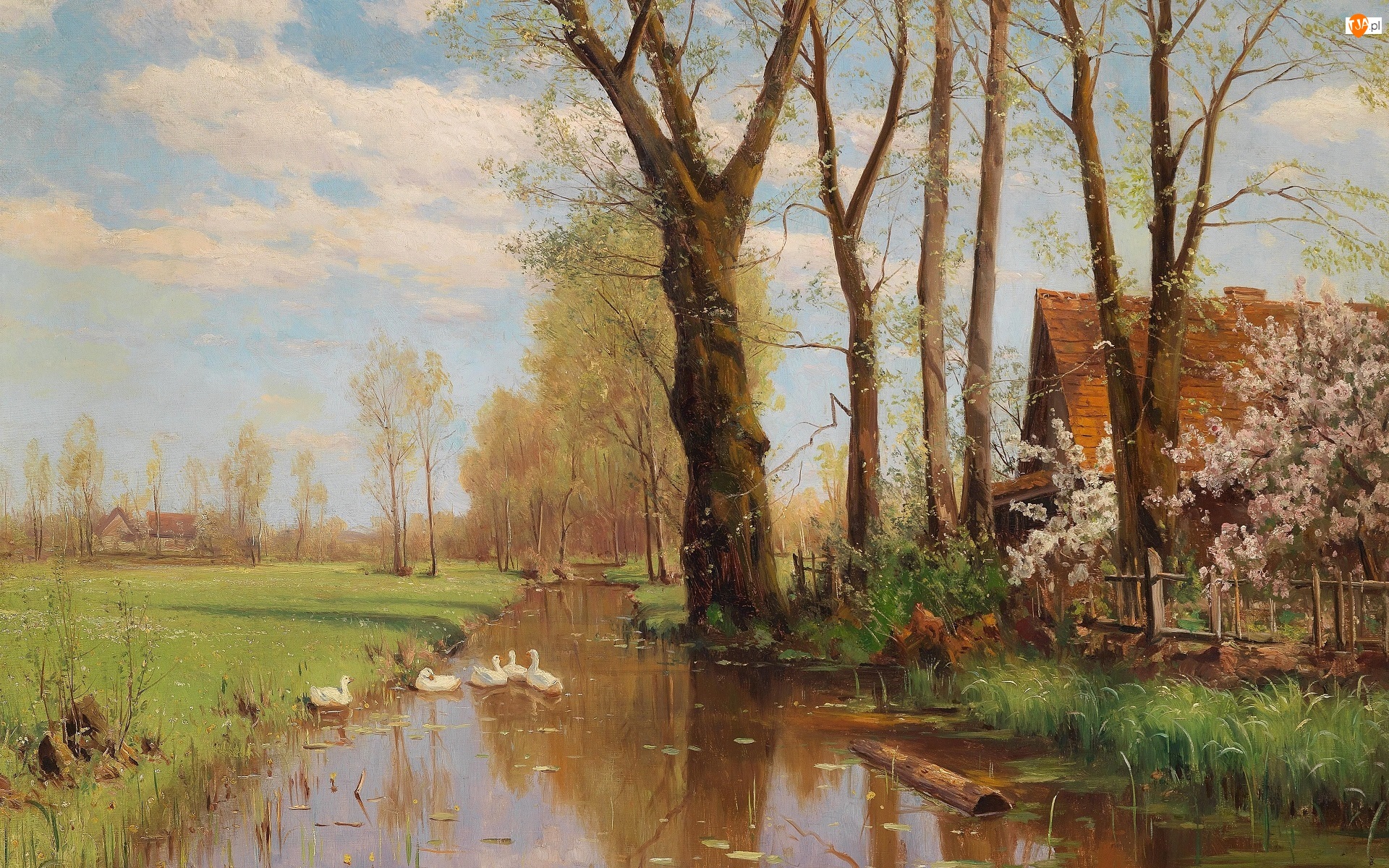
Walter Moras was a German landscape painter.
His favorite subject was provincial Germany: roads among the trees, rivers and streams, villages and mills. Moras is deservedly considered a master of winter landscapes. He was a realist painter, but he did not avoid some influence of impressionism in his works.

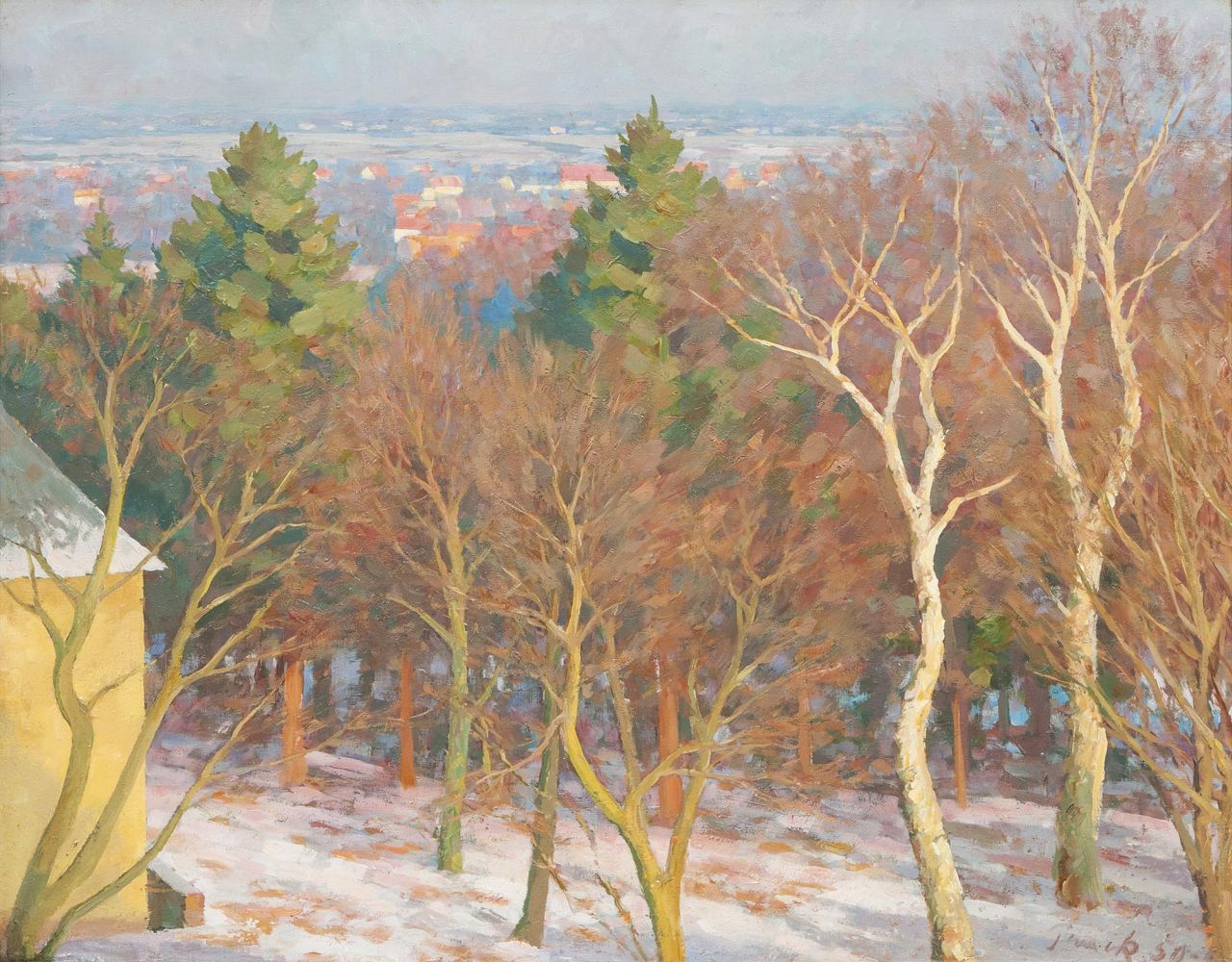
Walter Tanck was a German landscape painter, engraver and woodcarver. He studied painting with Franz Nölken in Hamburg.
In 1937, as part of the Nazi "Degenerate Art" campaign, his graphic portfolio "Don Quixote" (15 etchings and a lithograph on the title page) from the Dusseldorf Art Collection and his panel "Nude Woman" were confiscated and destroyed.

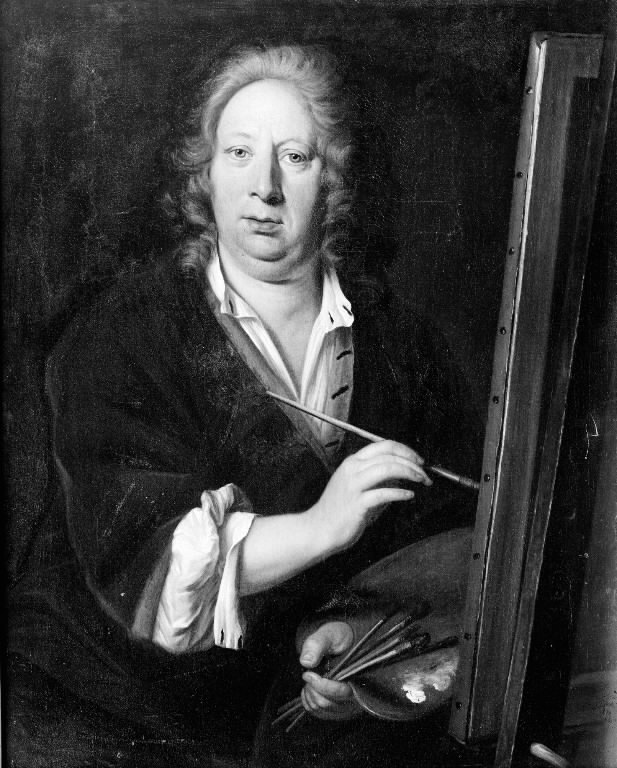
Franz Werner von Tamm, known as Dapper, was a German Baroque painter. One of the most famous masters of German still life in the late 17th and early 18th centuries.
Franz Werner von Tamm studied painting in Italy in the studio of Carlo Maratta. In 1701 he was invited to Vienna as court painter to Emperor Leopold I, where he remained until his death.
He painted with a soft brush live and dead poultry as well as flowers and animals, rather decoratively with an immediate mood.

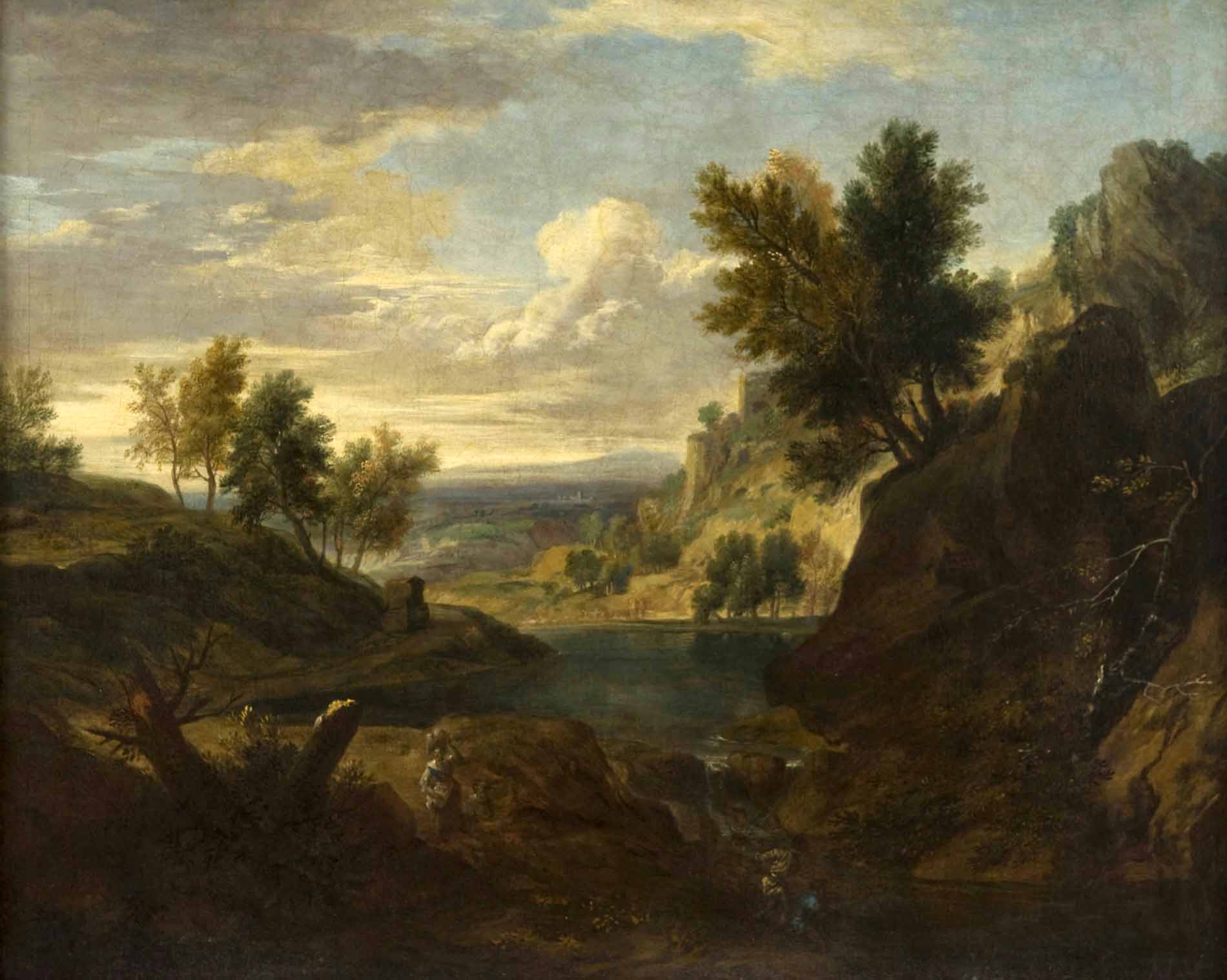
Gaspard Duguet, also known as Gaspard Poussin, was a French painter specialising in landscape painting. He was born into a family of French painters who settled in Rome.
Gaspard Duguet received his artistic training from his uncle, Nicolas Poussin, who was one of the leading Baroque painters. Duguet's early works were strongly influenced by Poussin's style, which emphasized clarity and orderliness of composition.
In the 1650s, Duguet began to develop a style of his own, characterized by his bold brushwork and vibrant use of colour. He became known for his ability to create dramatic and atmospheric landscapes, often depicting scenes from the Roman countryside.
Gaspar Duguet's paintings have a sense of grandeur and monumentality. His landscapes often feature classical ruins and ancient monuments, giving his works a sense of historical depth and resonance.

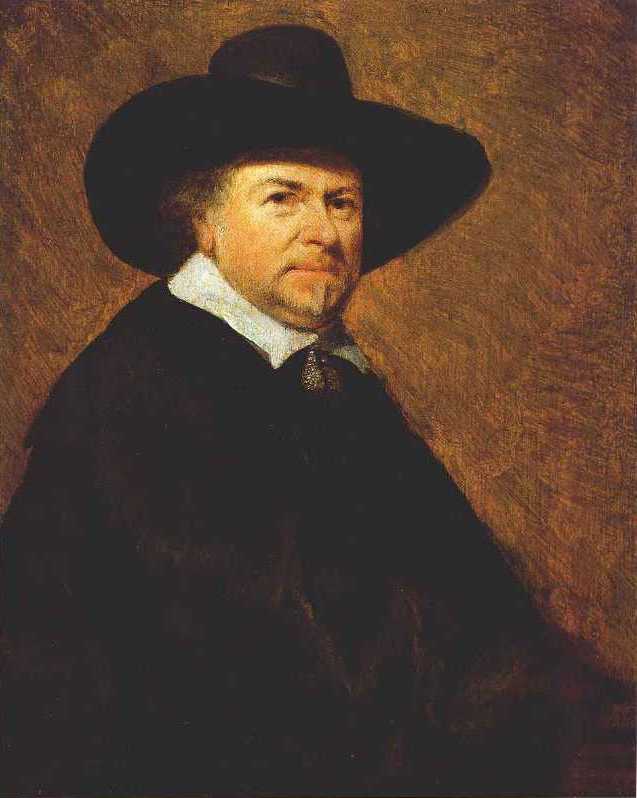
Jan Josephsz. van Goyen was a Dutch landscape painter and draftsman of the Golden Age, a member of the Guild of St. Luke of Leiden, and a representative of the so-called tonal landscape. Van Goyen specialized in landscape painting and left many paintings depicting forest paths, rivers, lakes, and canals. He also painted peasant huts and the outskirts of towns.
Jan van Goin was one of the most prolific painters of the 17th century: some 1,200 paintings he created and some 800 drawings have survived.

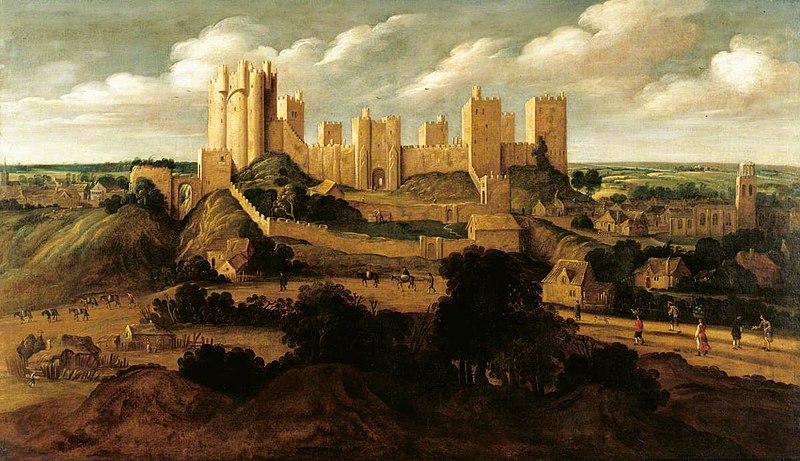

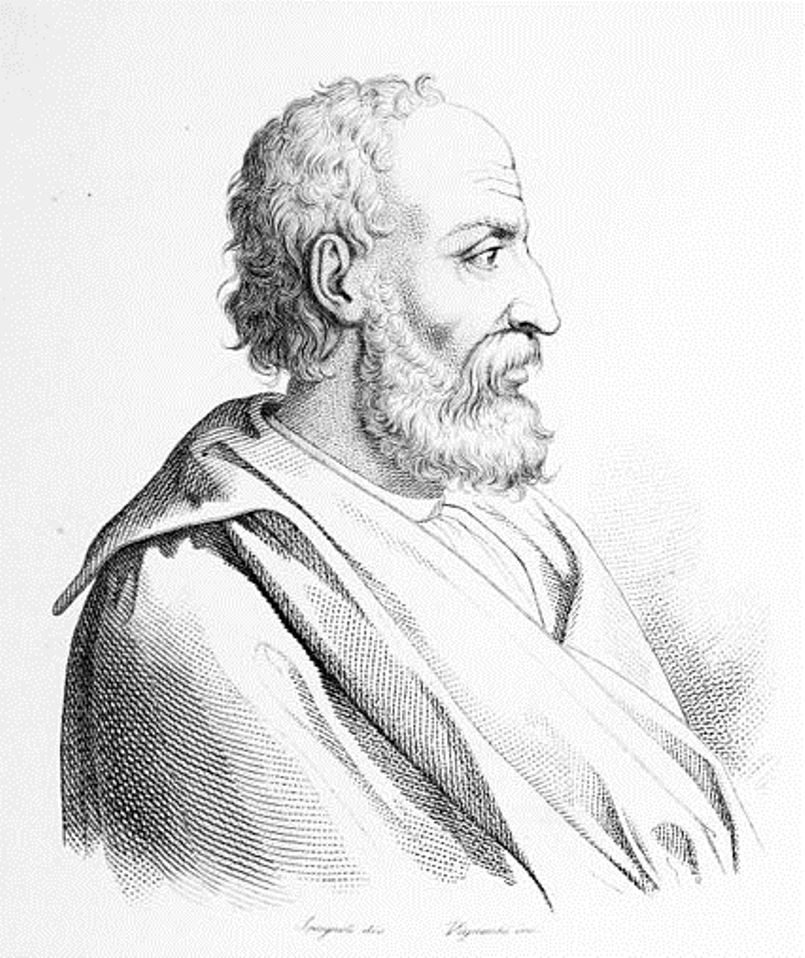

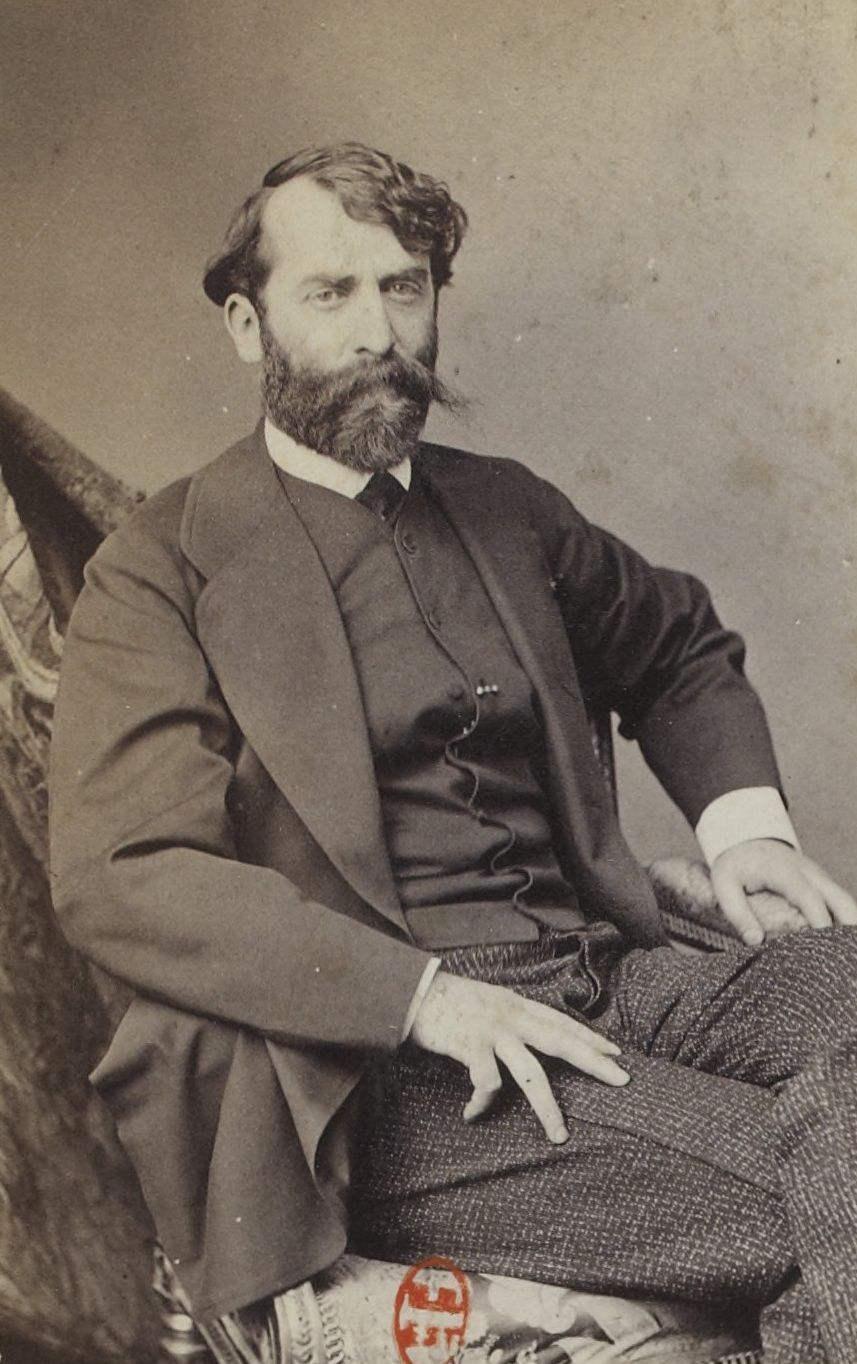
Ferdinand Heilbuth was a nineteenth-century German painter who spent much of his career in France. He is particularly known as a watercolorist, one of the first members of the Society of French Watercolorists.
Heilbuth initially became famous for his portraits done in the style of Titian and Rembrandt. Later, however, he abandoned the portrait genre entirely in favor of historical and everyday subjects and began to depict scenes from the high society of past times. Then, having become a plein air painter, he painted landscapes in Paris and made sketches in London. His paintings were distinguished by their lightness, airiness and masterful technique, and his watercolors were especially skillful.

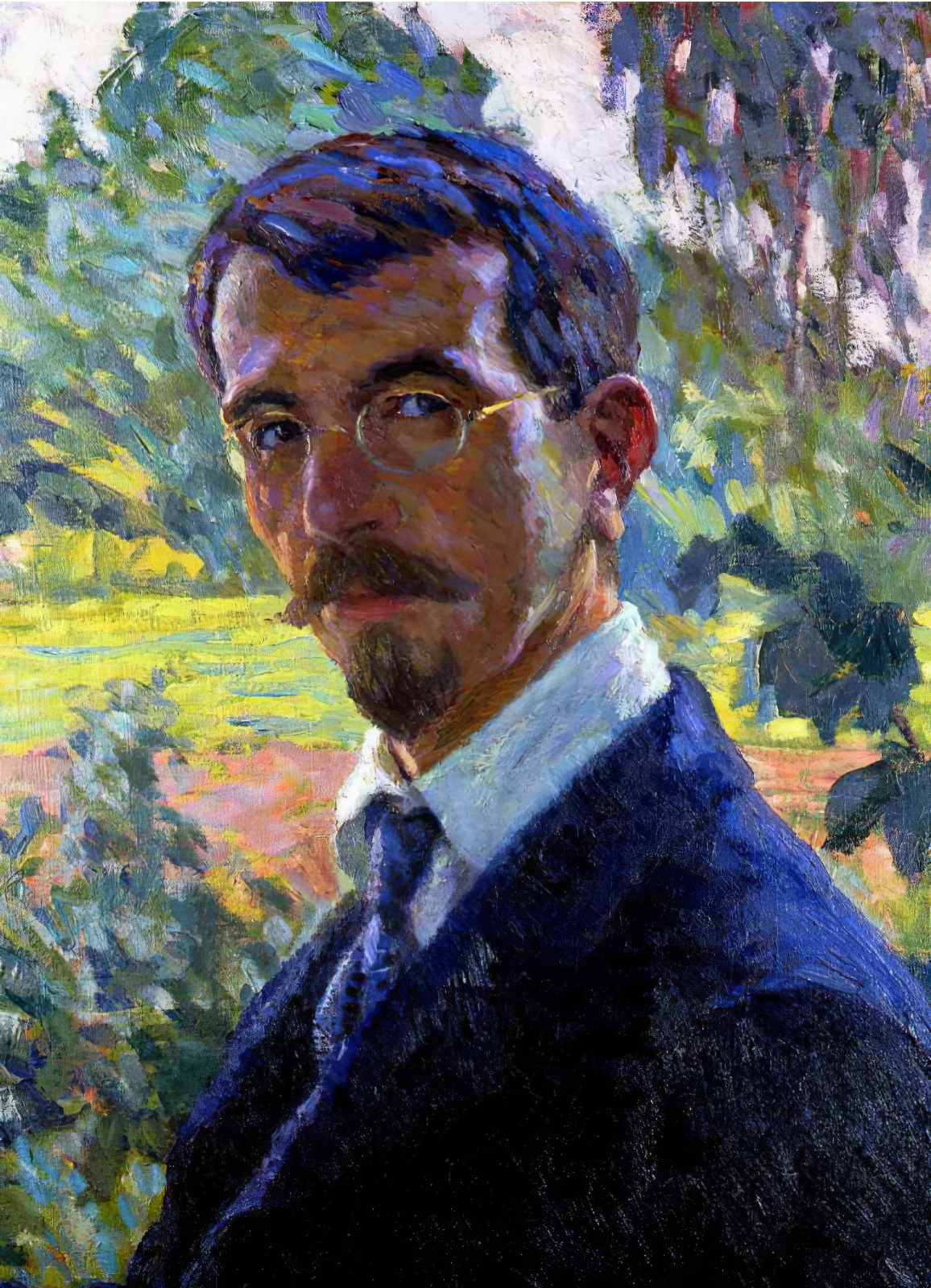
Wilhelm Heinrich Ernst Eitner was a German painter of the late nineteenth and first half of the twentieth centuries. He is known as an impressionist painter and teacher.
Eitner produced portraits, landscapes, and woodcuts in a style reminiscent of Japanese art. Despite initial rejection in German society of his impressionist style of painting, over the years he gained recognition and even the title "Claude Monet of the North." Eitner was a member of numerous art associations. His works are preserved in the Hamburg Kunsthalle.

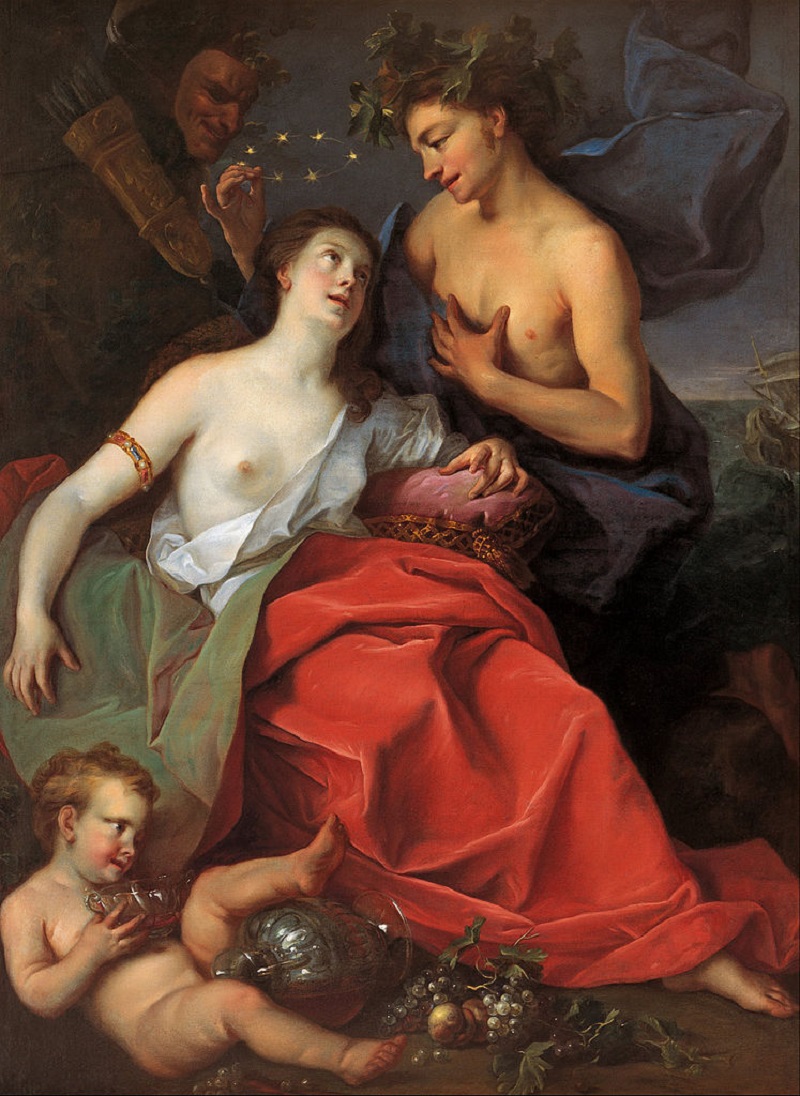
Ignaz Stern was an Austrian Baroque painter who specialised in religious paintings and frescoes. He was greatly influenced by Italian masters such as Correggio and Guido Reni.
Ignaz Stern apprenticed to Carlo Cignani in Forlì before settling in Rome in 1701. In 1713 he returned to Forl, where he painted altarpieces and easel paintings for private individuals and monastic patrons in the Emilia-Romagna region. His earliest known work is the cycle of altarpiece icons in the church of St. Onofrio in Lugo, near Ravenna. In Forle, Stern also painted Our Lady with Child and Saints for the Dominicans.
Stern's style is characterised by a dramatic use of light and shadow and emotional intensity. His religious paintings often depict scenes from the Bible or the lives of saints, and he was known for his ability to convey a sense of religious devotion and piety in his works.

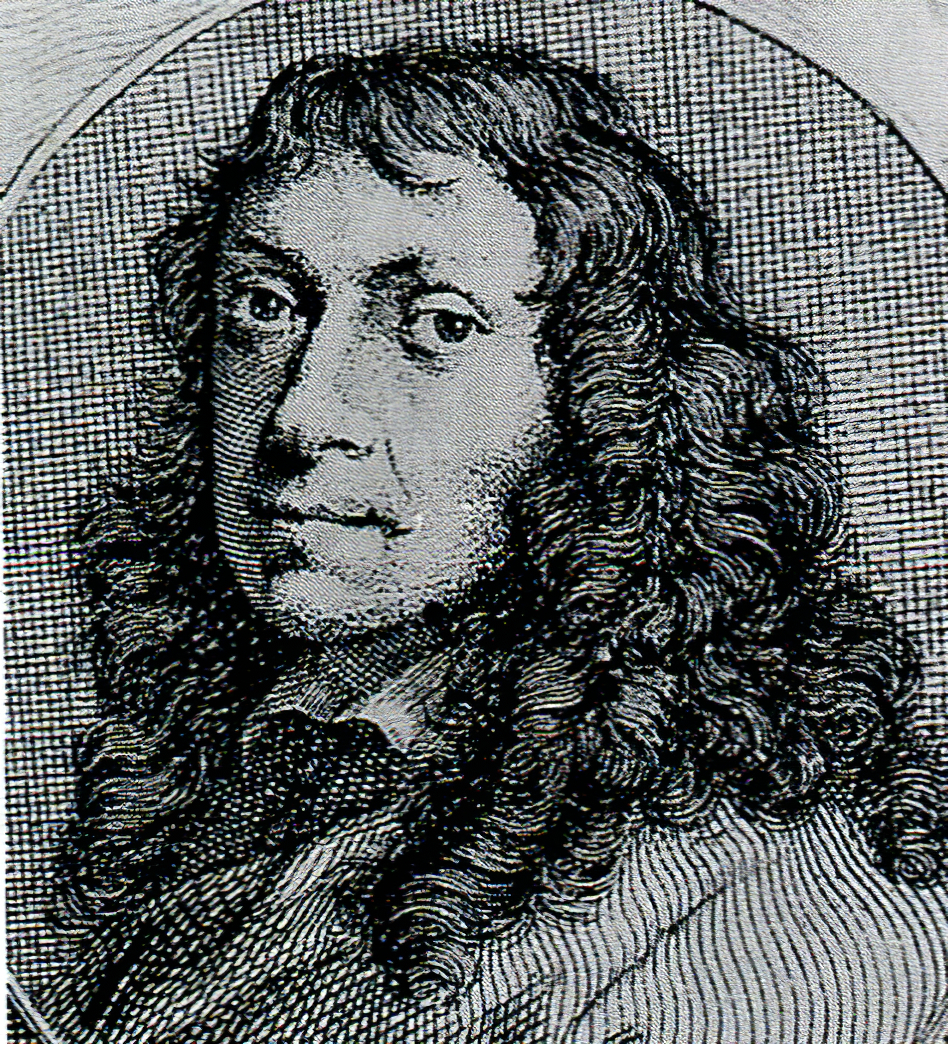
Willem Kalf was one of the most prominent Dutch still-life painters of the 17th century, the Dutch Golden Age.

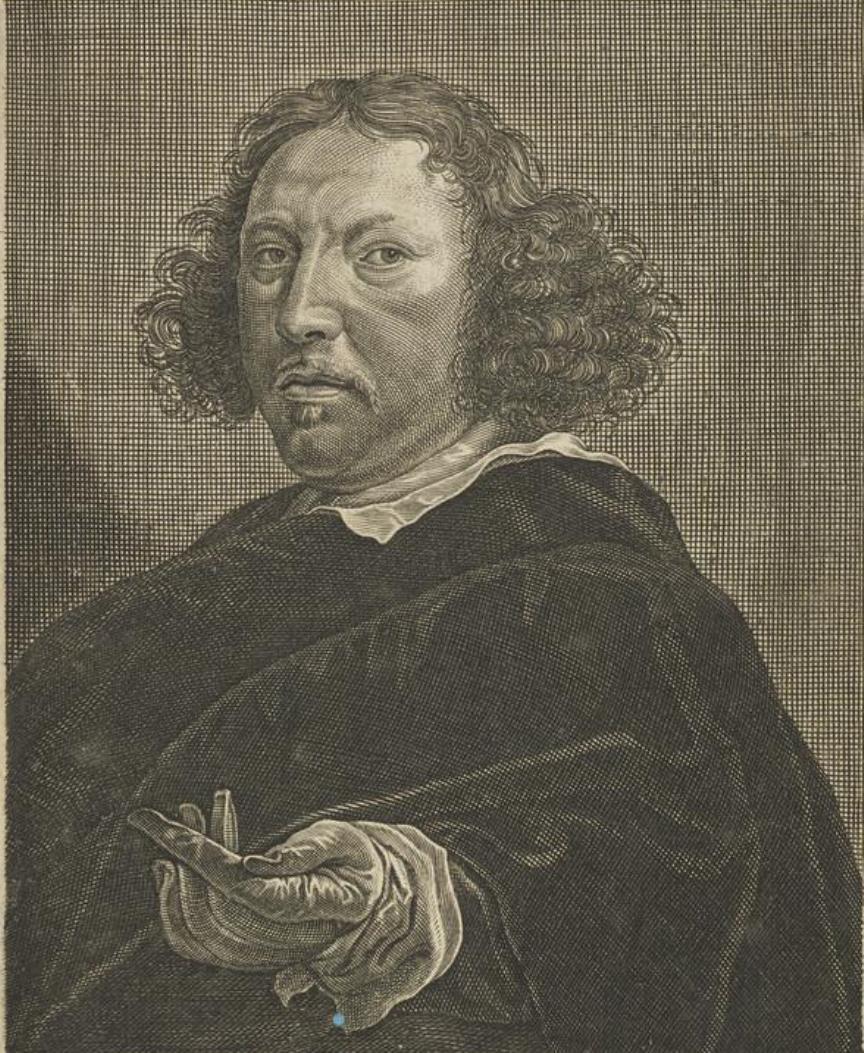
Herman Saftleven the Younger was a Dutch artist of the Golden Age who was Dean of the Guild of St. Luke in Utrecht.
Herman Saftleven the Younger was born into a creative family. His father, Hermann Saftleven the Elder (c. 1580-1627), was the father of three artist sons, Hermann the Younger, Cornelis (1607-1681), and Abraham Saftleven (c. 1611/13 - 1646).
Saftleven the Younger was an extremely productive painter, draughtsman, and printmaker. He is known for his landscapes near rivers as well as scenes of people traveling in the woods.

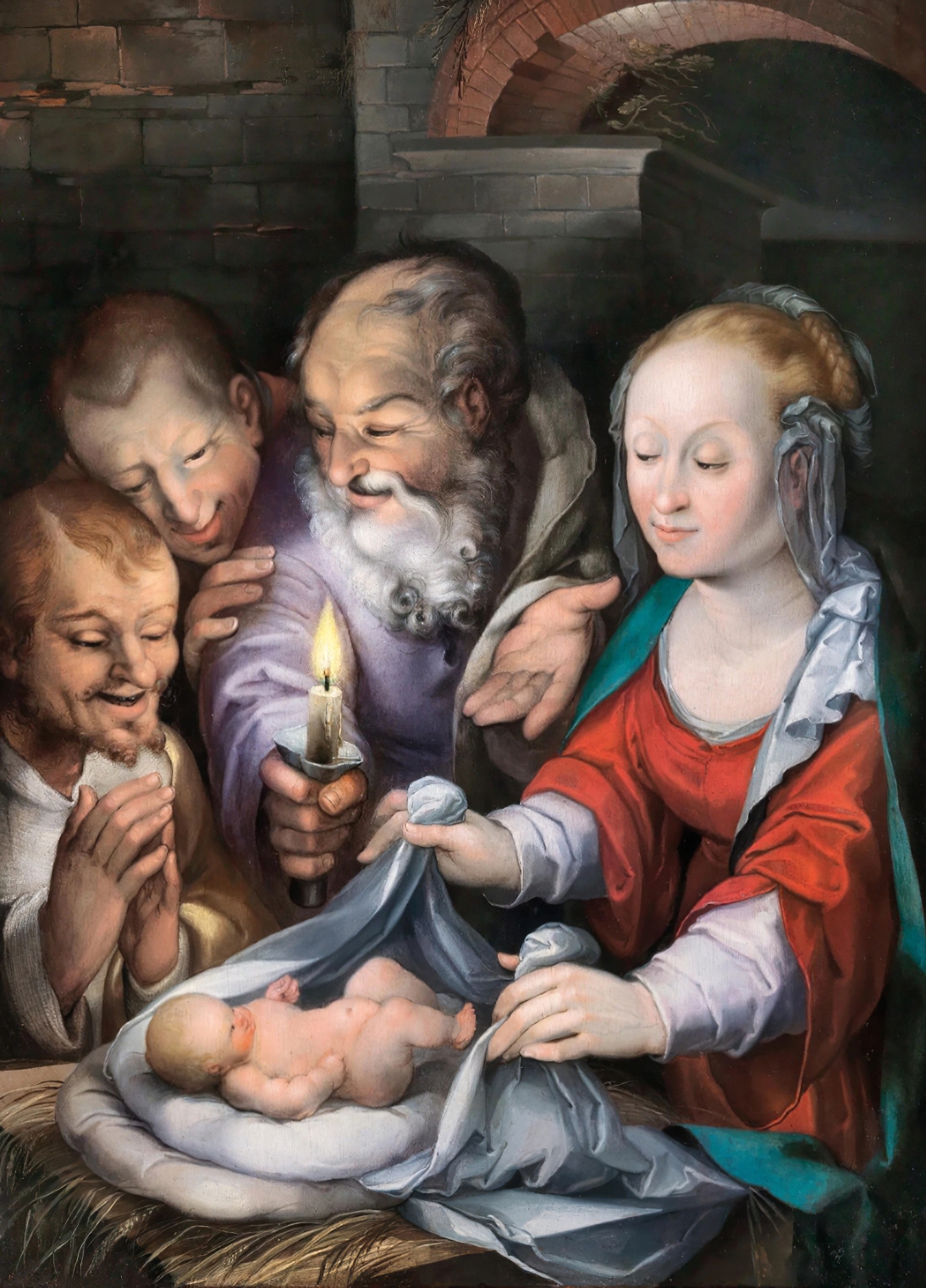
Georg Gärtner was a German Baroque painter who specialised in religious and mythological subjects.

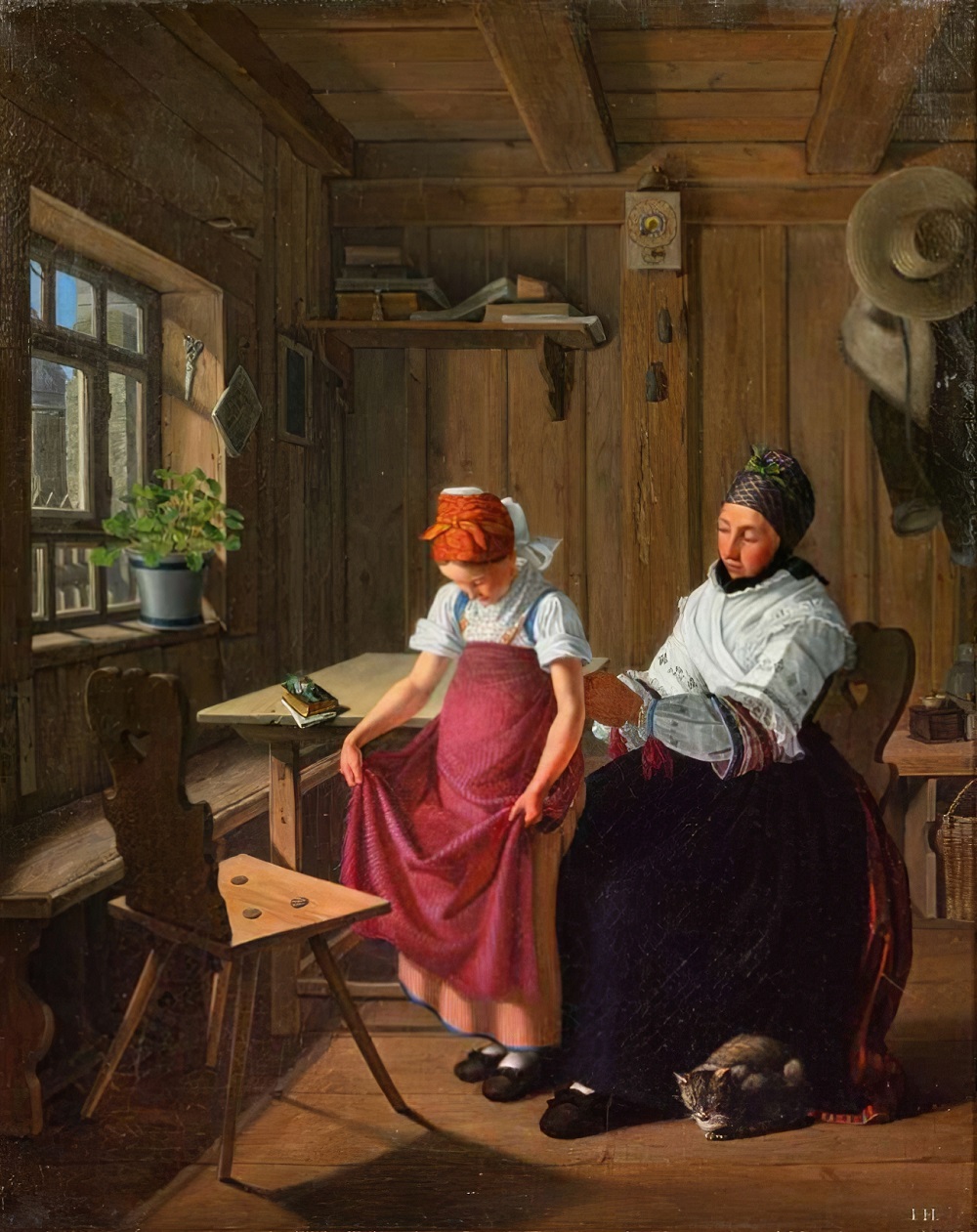
Johann Gottlieb Hantzsch was a German genre painter. He studied painting at the Dresden Academy of Arts from 1811 to 1822.
Johann Gottlieb Hantzsch initially devoted himself to war motifs and romantic images. From 1827 onwards he mostly painted scenes from the life of petty bourgeoisie. Some of them were engraved by Ludwig Richter.

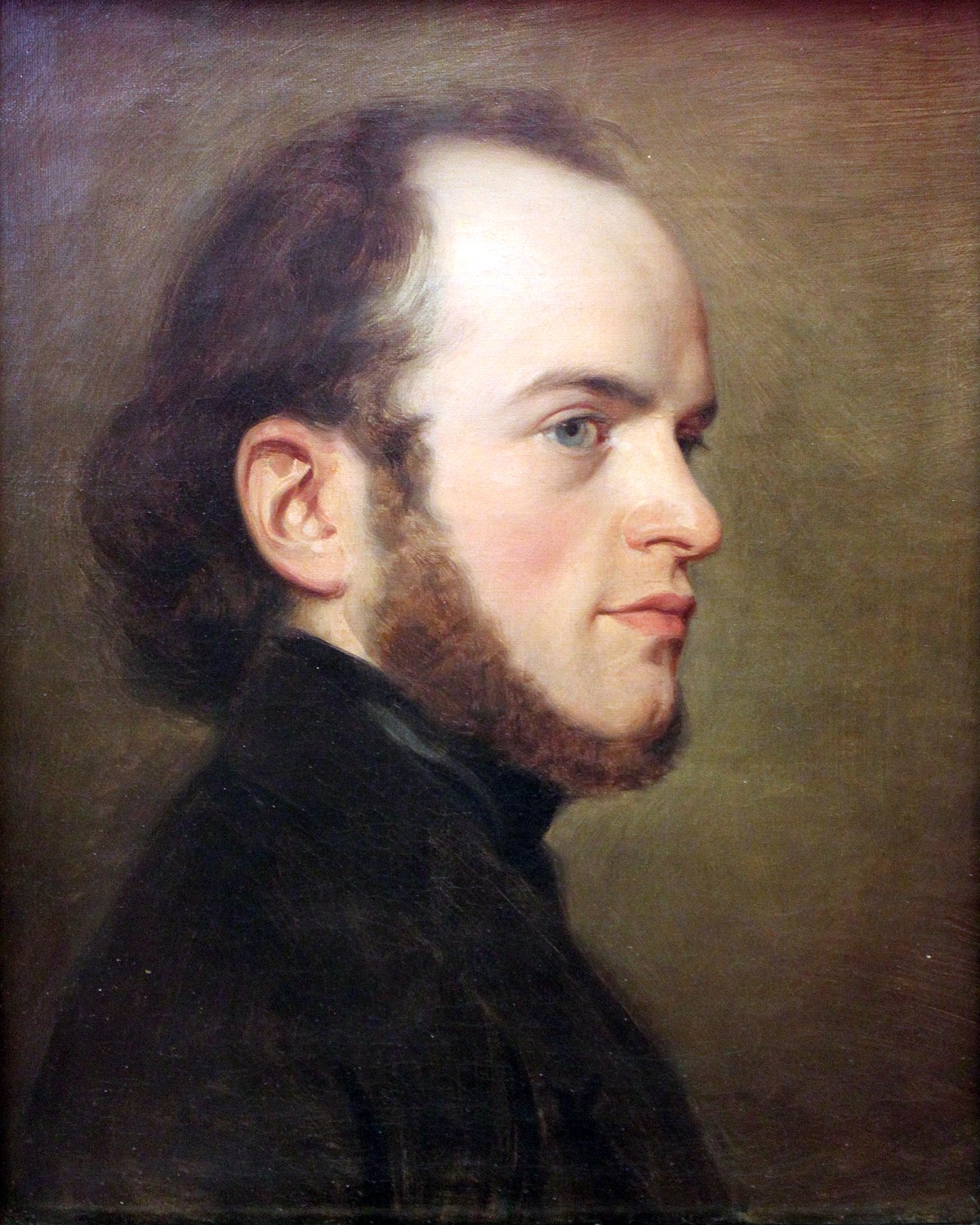
Adolph Friedrich Erdmann von Menzel was a German Realist artist noted for drawings, etchings, and paintings. Along with Caspar David Friedrich, he is considered one of the two most prominent German painters of the 19th century, and was the most successful artist of his era in Germany. First known as Adolph Menzel, he was knighted in 1898 and changed his name to Adolph von Menzel.
His popularity in his native country, owing especially to his history paintings, was such that few of his major paintings left Germany, as many were quickly acquired by museums in Berlin. Menzel's graphic work (and especially his drawings) were more widely disseminated; these, along with informal paintings not initially intended for display, have largely accounted for his posthumous reputation.

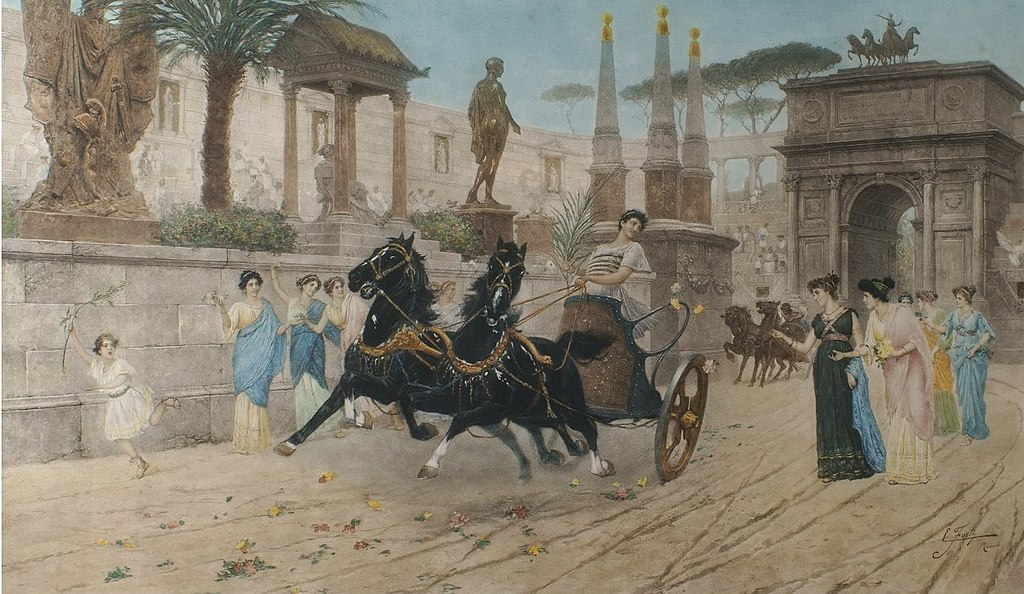
Ettore Forti is an Italian painter who produced numerous paintings on ancient themes.
Ettore Forti worked in Rome and peaked in popularity in the 1890s and 1900s. Art historians classify the work of Forti to the so-called Neopompeian school, which was characterized by an aspiration to reproduce the image of Ancient Rome in their paintings as faithfully as possible (at the level of advanced historical knowledge of their time). For this purpose they actively used, in particular, data obtained by scientists during archaeological excavations in Herculaneum and Pompeii. Whereas other artists were mainly interested in scenes from ancient mythology or depictions of significant historical events, the Neo-Pompeians were characterised by an interest in genre painting and the reproduction of scenes from ancient everyday life.

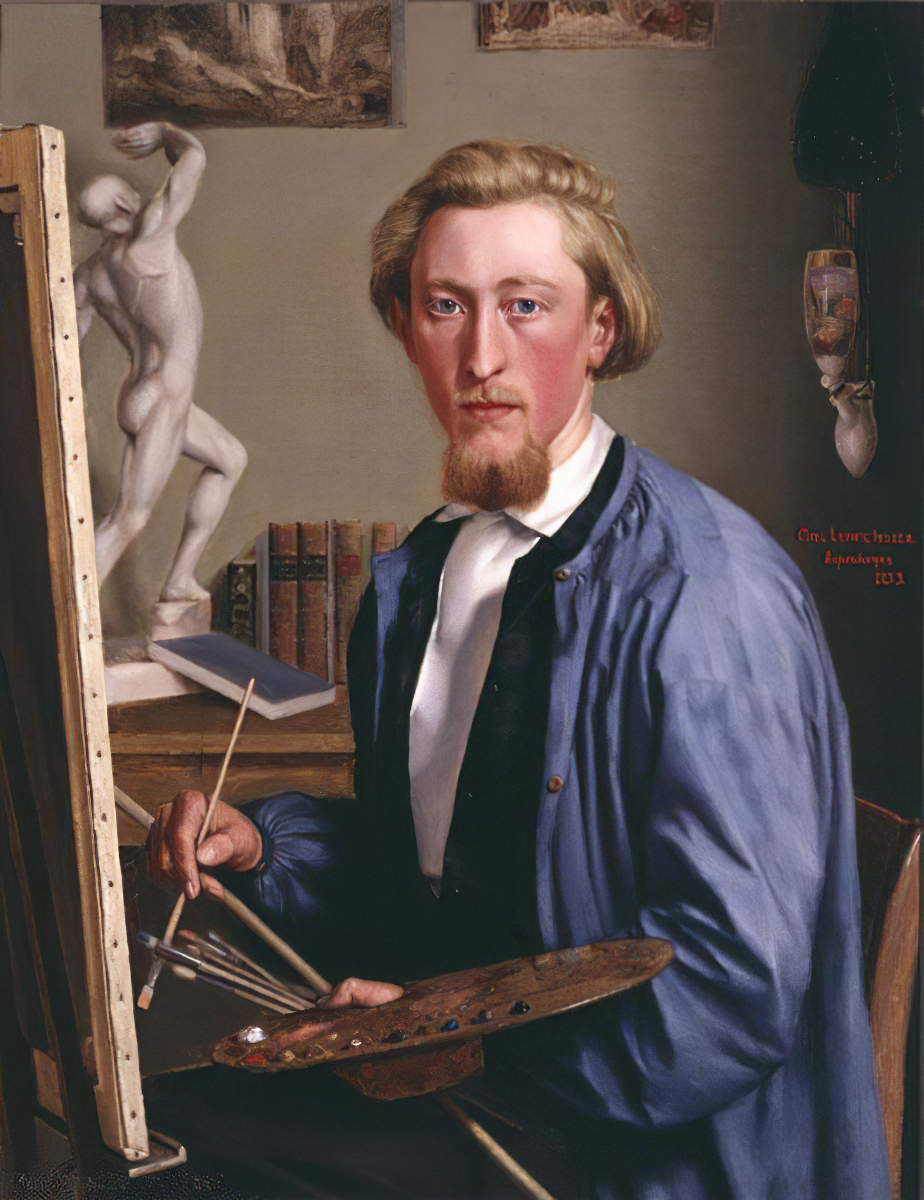
Carl Ludwig Jessen is a German painter. He was known for his paintings on the everyday life of peasants in North Friesland. He studied painting at the Royal Danish Academy of Fine Arts in Copenhagen under Wilhelm Marstrand.
Carl Ludwig Jessen's work occupies a central place in Danish and North German art history. His paintings depict the traditions and everyday life of the North German community with a distinctly naturalistic precision.


Carl Ludwig Jessen is a German painter. He was known for his paintings on the everyday life of peasants in North Friesland. He studied painting at the Royal Danish Academy of Fine Arts in Copenhagen under Wilhelm Marstrand.
Carl Ludwig Jessen's work occupies a central place in Danish and North German art history. His paintings depict the traditions and everyday life of the North German community with a distinctly naturalistic precision.



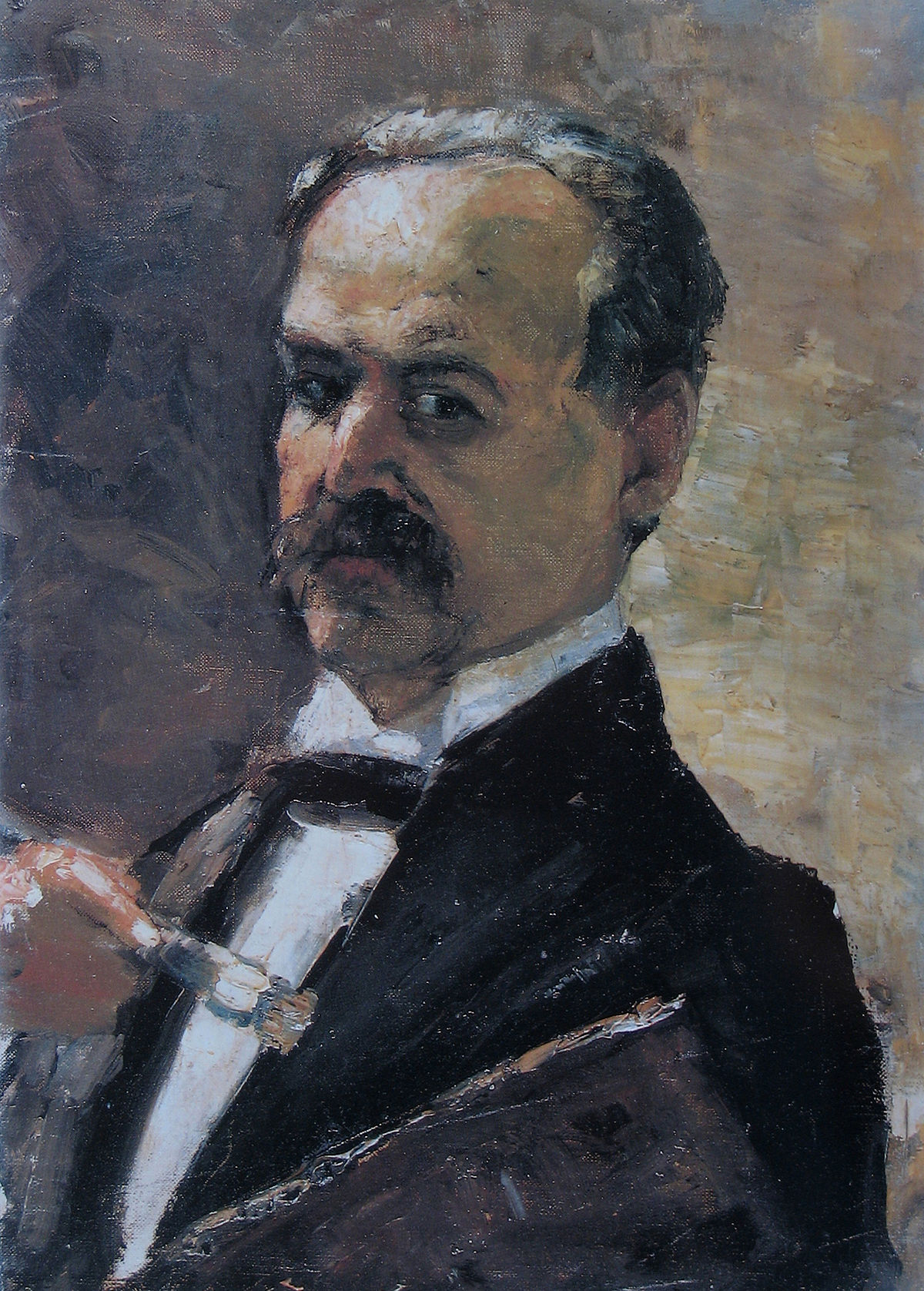
Lesser Ury was a German painter of the late nineteenth and first third of the twentieth centuries of Jewish origin. He is known as an impressionist painter, graphic artist and printmaker, a representative of the Düsseldorf school of painting.
Ury painted rural and urban landscapes, still lifes and monumental paintings on biblical themes. His works depicting the streets of Berlin and views of Brandenburg are particularly notable. Ury mastered both oil colors, creating floral paintings and urban scenes, and pastels, conveying an atmosphere of air and light in landscapes.

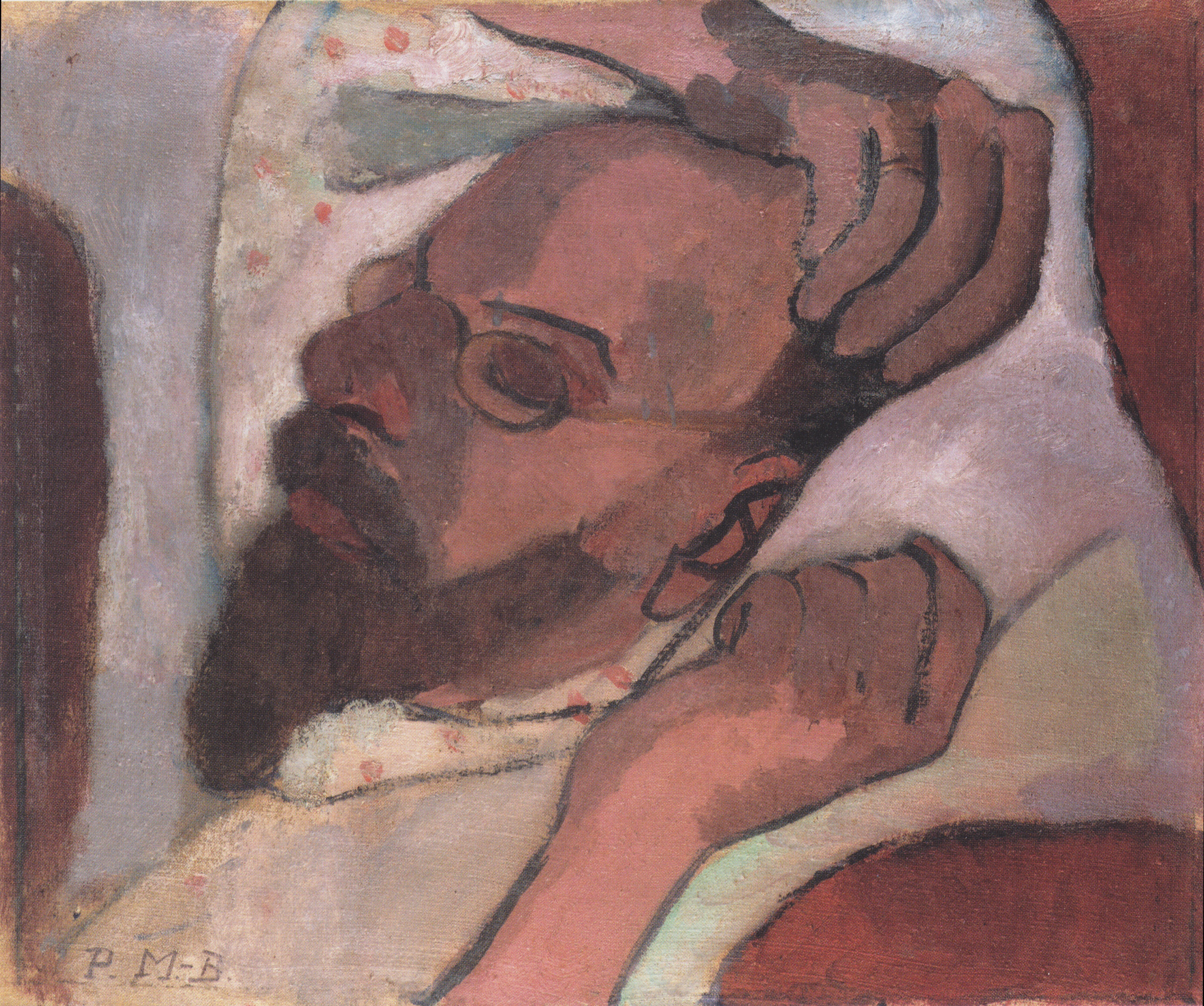
Friedrich Wilhelm Otto Modersohn was a German painter of the late 19th and first half of the 20th centuries. He is known as a landscape painter, a representative of the Barbizon School.
Otto Modersohn produced Barbizonian-style landscapes early in his career, but from about 1890 his style became more expressionist, with an emphasis on his choice of colors. The death of his second wife influenced his style: the colors became darker and the images more stark. Modersohn was one of the founders of the Worpswede artists' colony. A large collection of his works is kept in the Modersohn Museum in Fischerhude, and a street in Berlin is also named after him.

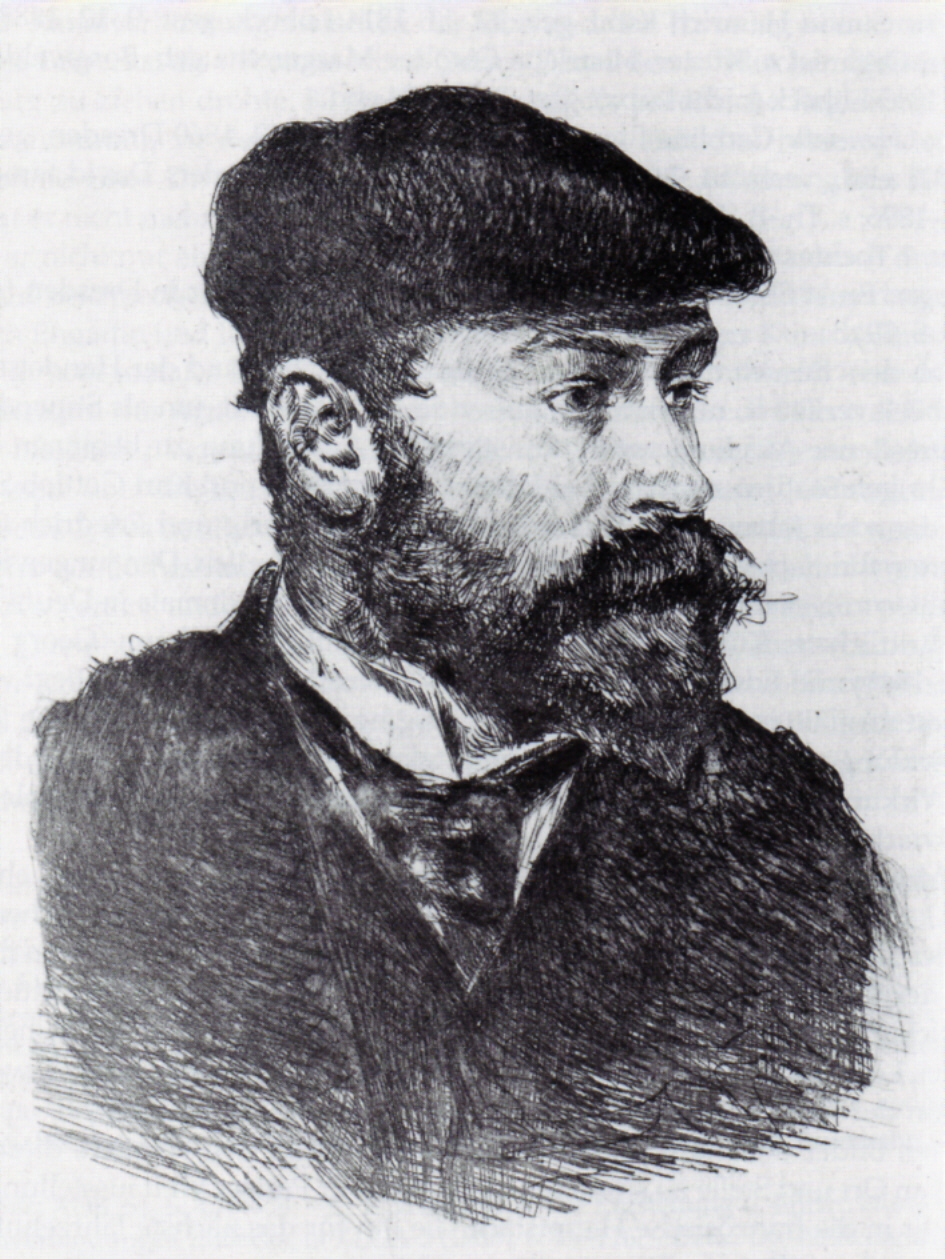
Gotthardt Kuehl was a German painter of the late nineteenth and early twentieth centuries. He is known as an impressionist painter and teacher.
Gotthardt Kuehl studied painting at the Dresden and Munich Art Academies, as well as in Paris, where he lived for two years, and on study trips to Italy and the Netherlands. He created cityscapes, architectural sketches and paintings with social themes, gaining recognition in the early stages of his work.
Kuehl participated in the founding of several artists' associations, including the Elbians, and was a member of the Berlin Secession. He continued to create and teach actively until his death.


Gotthardt Kuehl was a German painter of the late nineteenth and early twentieth centuries. He is known as an impressionist painter and teacher.
Gotthardt Kuehl studied painting at the Dresden and Munich Art Academies, as well as in Paris, where he lived for two years, and on study trips to Italy and the Netherlands. He created cityscapes, architectural sketches and paintings with social themes, gaining recognition in the early stages of his work.
Kuehl participated in the founding of several artists' associations, including the Elbians, and was a member of the Berlin Secession. He continued to create and teach actively until his death.

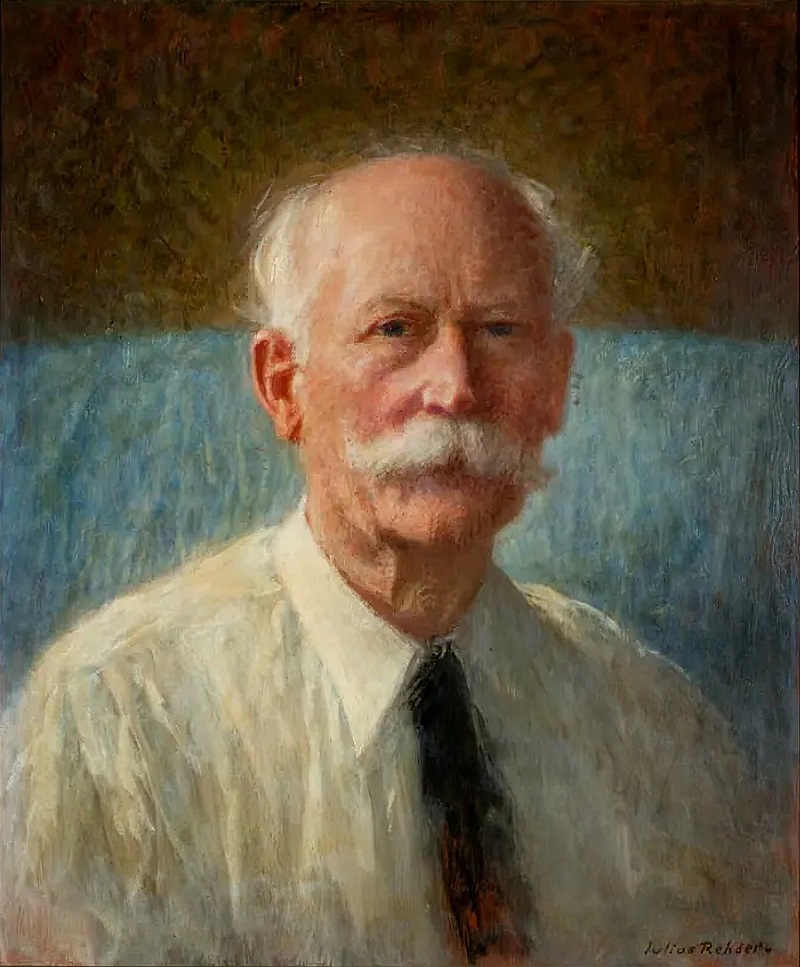
Julius Christian Rehder is a German painter known for his rural landscapes, portraits and genre scenes. He received his classical education in Karlsruhe with Ferdinand Keller and in Berlin with Anton von Werner.
Stylistically, Julius Christian Reder's works are characterised by the secession of the century, the play of light and partially diffused contours.


Wilhelm Heinrich Ernst Eitner was a German painter of the late nineteenth and first half of the twentieth centuries. He is known as an impressionist painter and teacher.
Eitner produced portraits, landscapes, and woodcuts in a style reminiscent of Japanese art. Despite initial rejection in German society of his impressionist style of painting, over the years he gained recognition and even the title "Claude Monet of the North." Eitner was a member of numerous art associations. His works are preserved in the Hamburg Kunsthalle.

